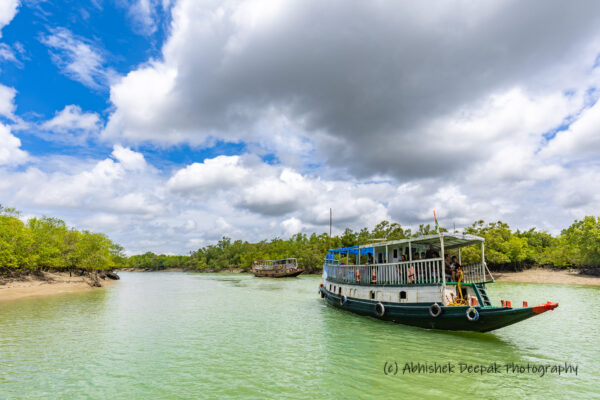 Sundarbans is a mangrove forest located a few hours from the city of Kolkata in West Bengal and is the largest mangrove forest in India. I had visited both Kolkata city and the Sundarbans forest in the month of July. I had taken an overnight train from Patna Junction to Kolkata Shalimar via Duronto Express. From the station, I got dropped off to my hotel which I had booked for half day for some rest as I was to meet the rest of the group later during the day. Once we all had assembled at the meeting point, we had to drive from Kolkata all the way to Godkhali Ferry Ghat which is the starting point for all boat tours and cruises into the Sundarbans. We had arrived by late evening with dinner being served on the boat. Our home for the next 4 nights was at Sundarban Banjara Village Homestay which is run by Satyaki Naha who was also our guide during our all day boat safaris.
Sundarbans is a mangrove forest located a few hours from the city of Kolkata in West Bengal and is the largest mangrove forest in India. I had visited both Kolkata city and the Sundarbans forest in the month of July. I had taken an overnight train from Patna Junction to Kolkata Shalimar via Duronto Express. From the station, I got dropped off to my hotel which I had booked for half day for some rest as I was to meet the rest of the group later during the day. Once we all had assembled at the meeting point, we had to drive from Kolkata all the way to Godkhali Ferry Ghat which is the starting point for all boat tours and cruises into the Sundarbans. We had arrived by late evening with dinner being served on the boat. Our home for the next 4 nights was at Sundarban Banjara Village Homestay which is run by Satyaki Naha who was also our guide during our all day boat safaris.
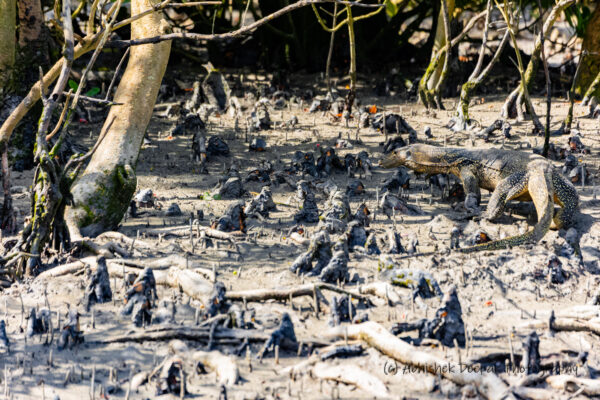
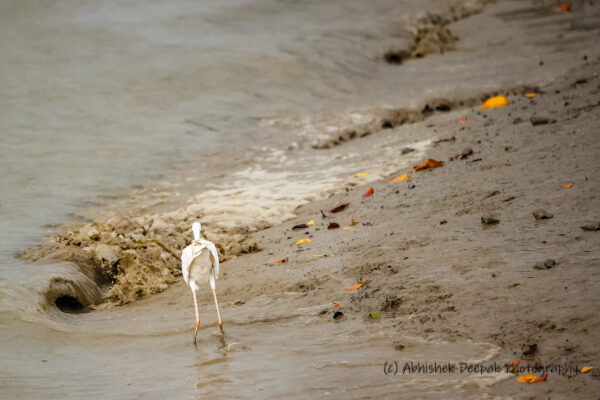
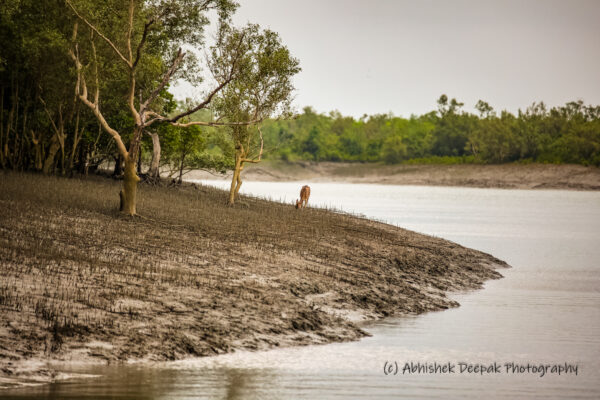
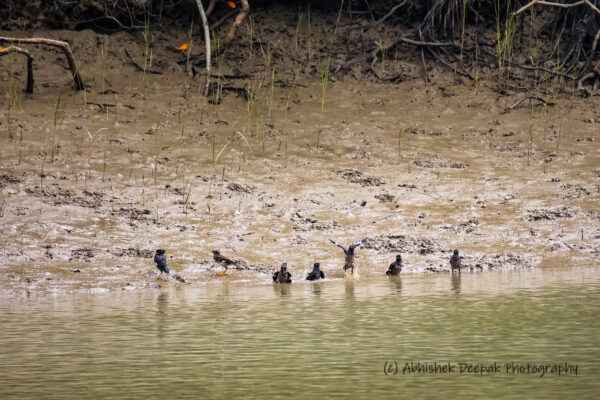
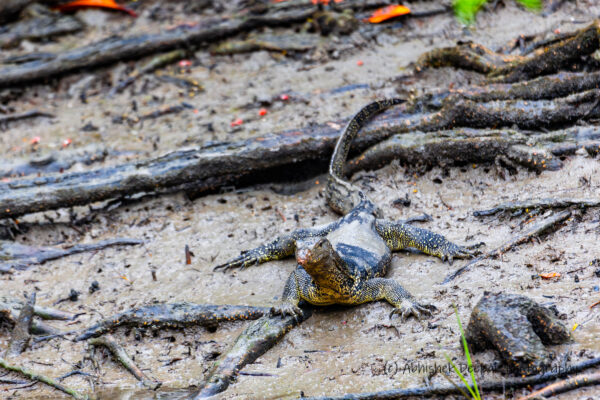
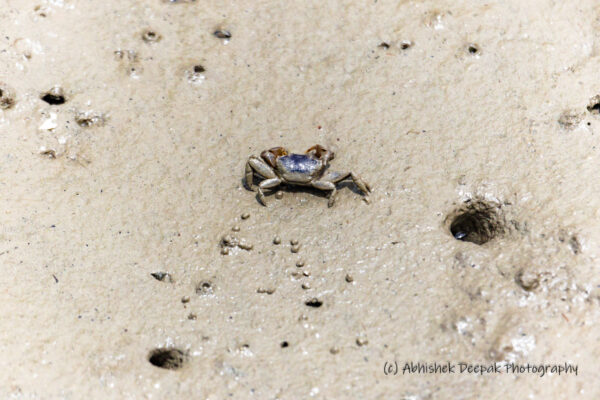
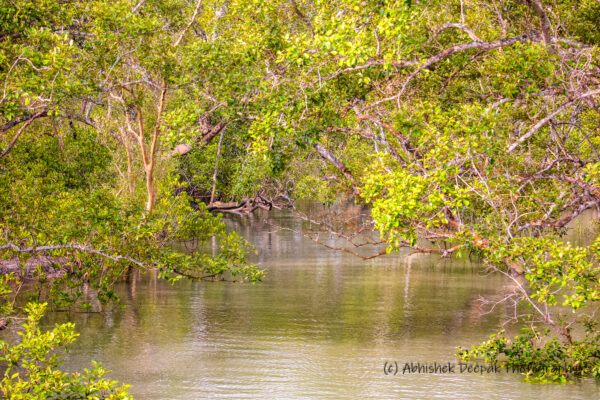
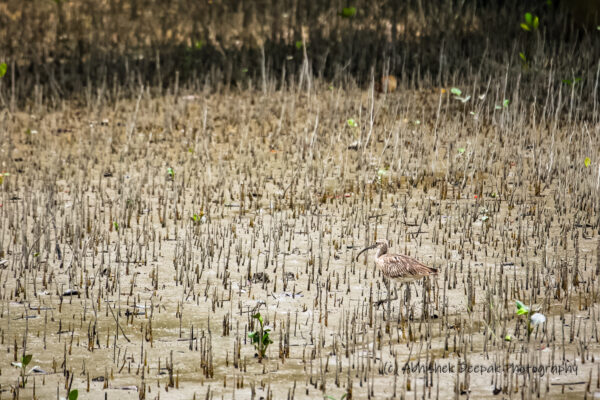
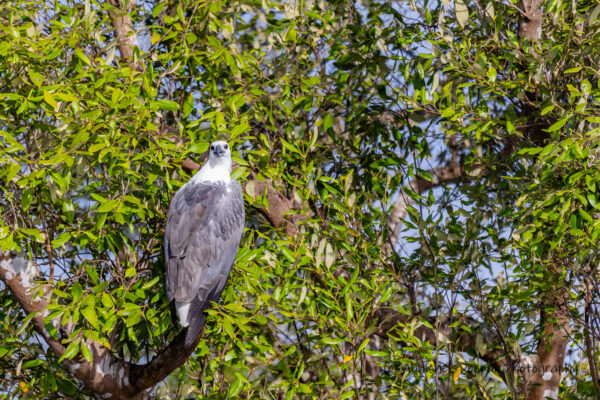
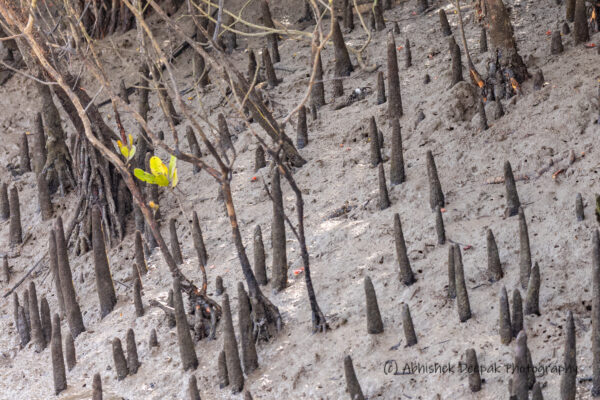
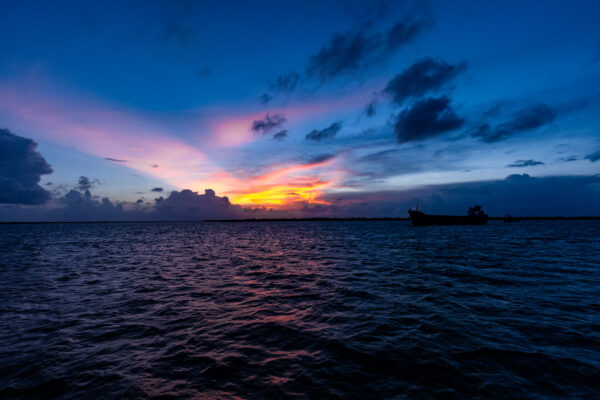
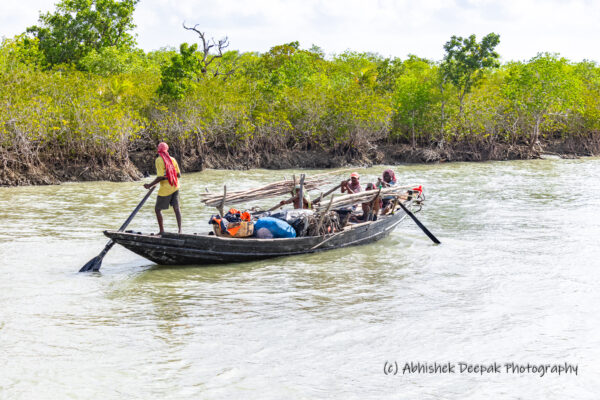
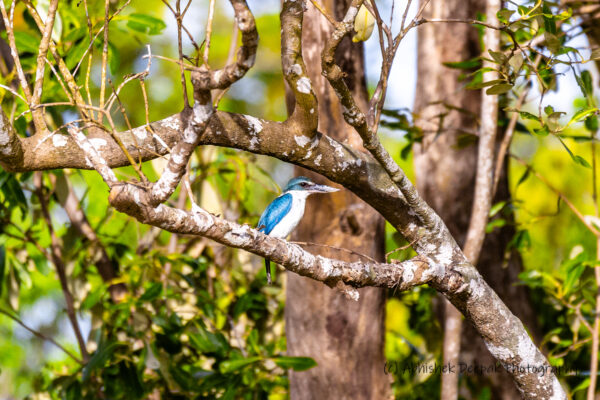
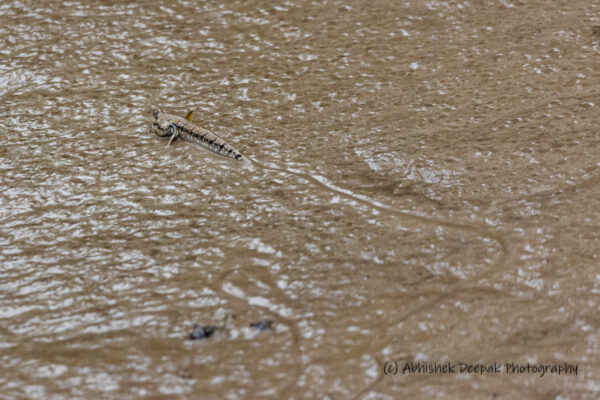
Overall it was very exhausting trip as we would spend almost 14 hours on the boat from early morning till late evening in search of the tiger and we did however get one sighting but it is was behind alot of foliage therefore no good photos. I feel the best time to visit the park would be in the spring season from late February to mid May.
